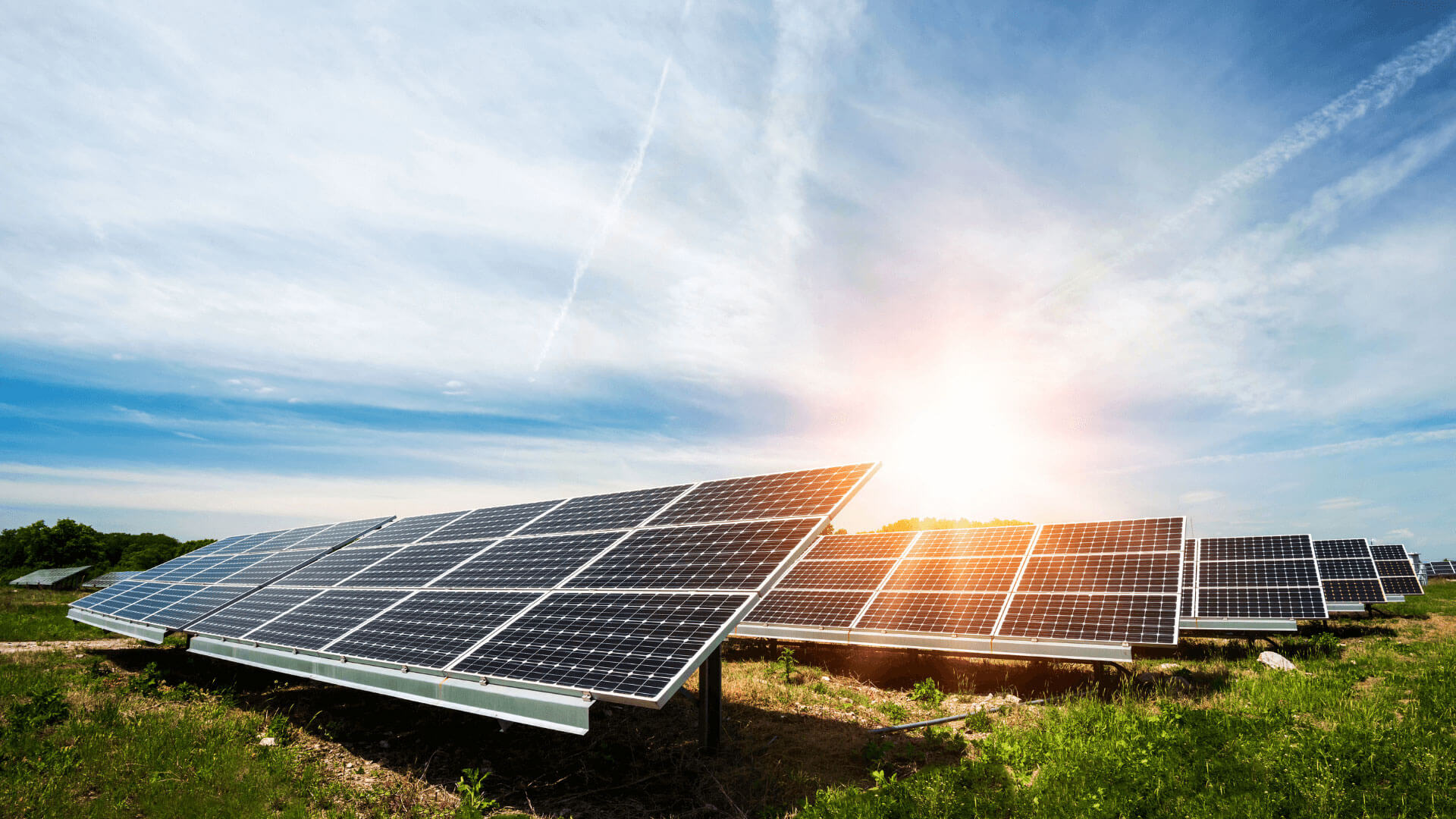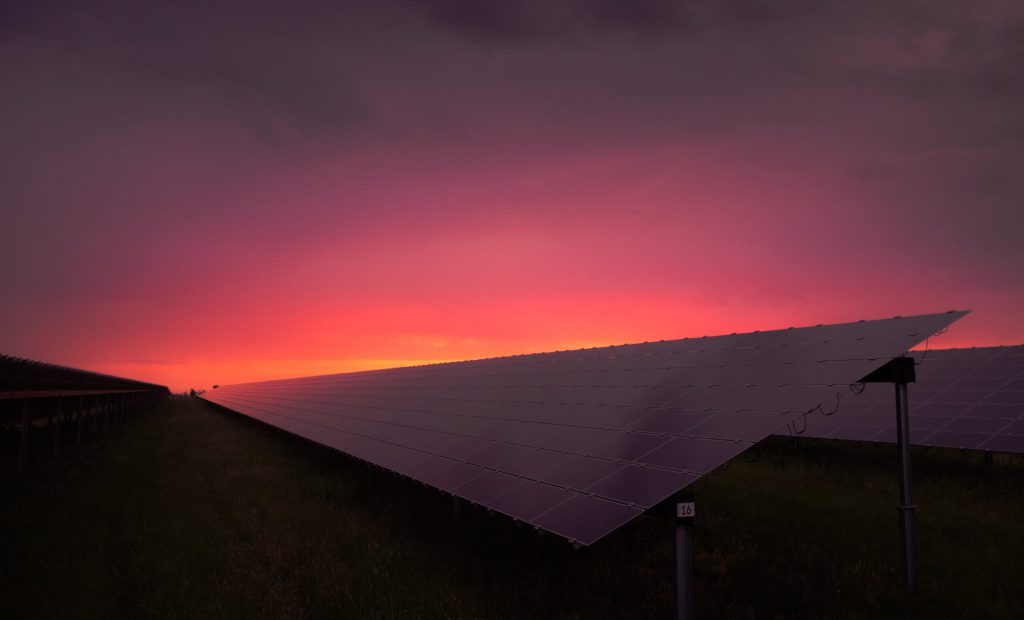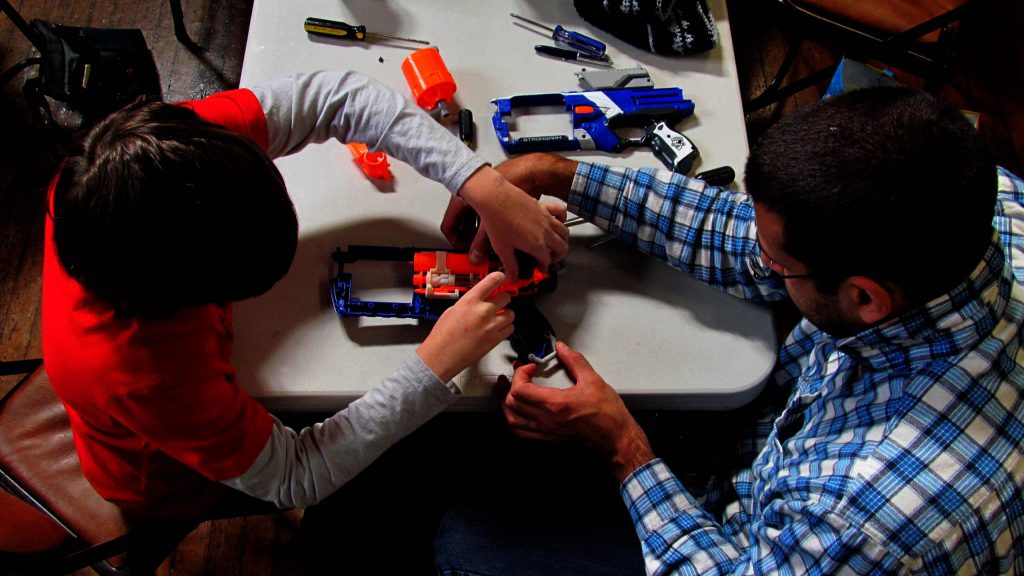Governor Cuomo wants to make New York’s electricity carbon neutral by 2040. I asked three energy experts what they think about the goal.
One month ago, New York Governor Andrew Cuomo laid out his administration’s plans for the first 100 days of 2019. The speech touched on plenty of subjects key to New Yorkers’ well-being, from ramping up public transportation to improving firearm regulation. But one promise, in particular, grabbed our attention: in a bold and unprecedented commitment, Governor Cuomo pledged to bring New Yorkers 100% carbon-neutral electricity by 2040.
Table of Contents
Governor Cuomo’s Carbon Neutrality Promise
If successful, the plan would slash greenhouse gas emissions and establish New York as a national leader in the fight against climate change. At the same time, it would transform New York’s energy sector, bringing new investment and job growth to the state.
Cuomo’s speech got a lot of people excited about the state’s commitment to a sustainable future. Political leaders from both sides of the aisle praised the most aggressive statewide pledge on carbon emissions to date. Solar companies in New York were pleased with the news, and those not working in New York probably began to wonder if it was time for expansion to the Empire State.
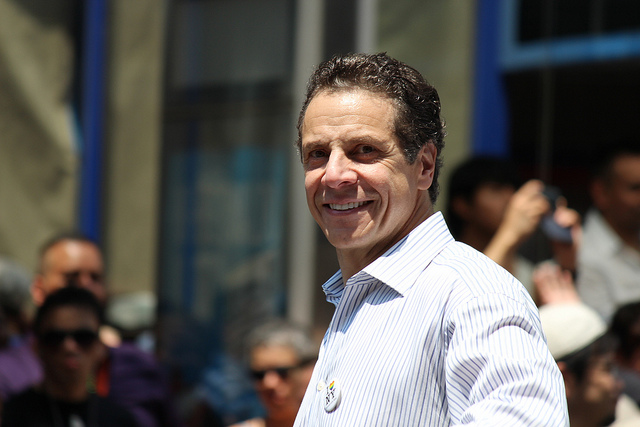
Andrew Cuomo by Shinya Suzuki is licensed under CC BY-ND 2.0
Others, however, weren’t taken by the pledge. Some challenged the definition of “carbon neutral”, wondering what sorts of energy sources the state would pursue and whether it would be allowed to buy carbon credits from other places. Some called the commitment a “politically easy” move.
Some advocacy groups argued that 2040 was too late given the looming threat of climate change.
Regardless of where folks stood, though, they shared one common question about the goal: How’s New York going to get there?
Experts React To Carbon Neutrality
No other state administration has set a goal quite like this. California and Hawaii have committed to 100% clean energy by 2045. Washington D.C. is shooting for 2032, but that’s a more manageable task for a smaller area. Before we get way ahead of ourselves: New York isn’t planning 100% clean energy by 2040. Carbon neutrality means the state would “offset” its emissions, which leaves room for buying carbon credits or building excess renewable capacity while leaving some unclean sources online. Still, the target is approaching quickly, and it’s too soon to say exactly how New York is planning to reach it.
I asked Scott Starr, SVP at Dynamic Energy, how he felt when he saw the news. “I went through three stages,” he said. “First I was excited, because those numbers ought to underscore real change in the state. But second, I felt the promise was lacking on tactical details, and then I began to wonder to what extent it was rhetoric versus a real plan for action.”
Starr’s comments highlight a crucial point: right now, Governor Cuomo’s carbon neutrality goal is just that: a goal. It isn’t backed by legislation, and the state won’t face any penalties if it fails to meet the target. “I’m ready to get on board, said Starr, “I just need to see the plan on how.”
Governor Cuomo did elaborate on his goal two weeks ago by launching a New York “Green New Deal” that called for, among other things, 70% renewable energy by 2030 and $1.5 billion in awards for enough clean energy and storage projects to power over half a million homes. These targets and increased funding will go a long way in moving New York toward carbon neutrality. Still, the plan isn’t totally flushed out, and a host of interested parties are waiting for more details.
Pascal Cormier, an energy economist and former director at Brookfield Renewable Energy, pointed out that “we have to be careful when we say carbon neutral or carbon free, because that can include nuclear generation. I expect the plan will include refurbishment of nuclear plants, which happens every 20 years or so and is very costly.” Nuclear generation makes up one third of New York’s energy supply. Its non-renewable nature, high costs of construction, and risk of meltdown incite controversy as to its label as “clean” energy, but it doesn’t emit carbon dioxide. It will play a role in reaching carbon free electricity.
Here’s a funky chart from the New York Times that shows where the state stands today:
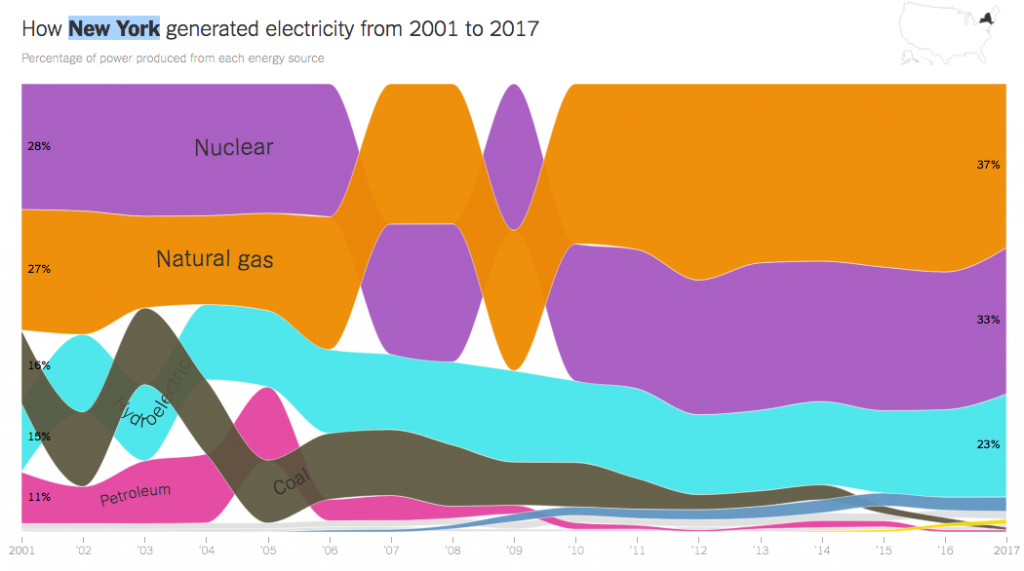
You don’t get from today’s fossil fuel emissions to complete carbon neutrality without some radical changes to the energy system. New York will have to cut down quickly on the most significant slice (can we call it a slice given this chart? I lean toward blob) of its energy supply–natural gas–while beefing up its wind and solar blobs dramatically.
You can be a part of NY solar!
Can New York Achieve Carbon Neutral Electricity By 2040?
All three experts I spoke with agreed on one thing: it’s possible, but it’s going to be take some serious grunt work by people, businesses, and the government.
“It’s very aggressive,” said Cormier. ”2040 is like tomorrow in the energy sector. To put a power plant in Quebec [where Cormier lives] by 2040, people have to start acting right now.” Right now, New York isn’t on pace to hit its old solar capacity goals, let alone the loftier ones outlined in its Green New Deal.
According to Michael Curley, a scholar at the Environmental Law Institute, New York doesn’t have the right incentives in place to convince businesses and households to act on the state’s promises. New York will only reach its goals, he added, if more people and businesses can install energy efficiency and renewable energy projects. To make that happen, “payments need to come down.” When it comes to making options like rooftop solar affordable, “longer terms and lower interest rates make for a powerful one-two punch.”
Curley proposed an interesting plan for New York, suggesting the state draw from its Clean Water State Reserve Fund to fund energy efficiency and renewable energy projects. This wouldn’t be an unprecedented move; the state successfully did so in 2013, which helped it guarantee payments for clean energy projects. If the state can recreate that plan, Curley said, it will be in a better position to meet its goals.
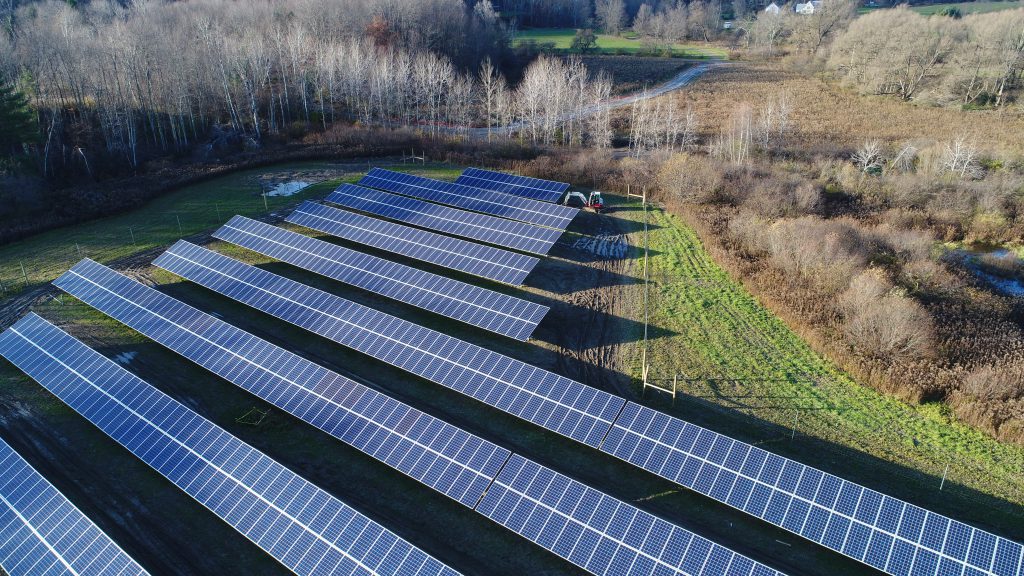
Of course, more renewable energy will also call for more storage technology. Cuomo’s Green New Deal includes plans for 3,000 MW of energy storage by 2030. “I see positive things happening in storage,” said Scott Starr. “Utilities are excited about batteries because they can see the benefits to potential pain points, like handling intermittency or load shifting .” Having utilities on board goes a long way, and recently, some utilities have been taking the lead on solar.
On that positive note, there is room for optimism. Here’s what the three experts had to say about New York’s strengths in its quest for a clean electricity sector:
“What makes New York unique is that they’ve done it before,” said Curley, referring to the state’s clever move in 2013 to collect funds for clean energy. “They’ve done brilliant work, and they can do it again.”
Pascal Cormier pointed to three points he thinks will benefit New York:
First, the state can replace native natural gas generation by importing hydropower from nearby areas (it already imports some electricity from Canada, which has plenty of hydropower). Second, solar panel costs are coming down incredibly quickly–at this rate, the price of distributed solar could fall enough to totally change the horizon for renewables.
Third, New York has crazy high electricity prices (some of the highest in America). Makes other energy sources seem more attractive, doesn’t it?
Scott Starr was quick to point out that New York already has a strong start and experience with solar. “The state has a good base of over a gigawatt and a half of solar installed, and they earned that. They know how to deliver grants and process applications, they understand project maturity, and have experience running stakeholder processes and input. That learning is really valuable and can push them ahead rapidly.”
What Needs To Happen
Like we’ve outlined before, clean energy and carbon neutrality commitments are necessary to fight climate change, but they aren’t sufficient.
Having the target gets the ball rolling. It shows New Yorkers that their Governor is committed to their future. “I think of clean energy targets like that horseshoe game, where if you put the horseshoe too close it’s not fun, and if you put it too far it’s demoralizing,” said Starr. “So the goal is to make the goal ambitious but achievable.”
Well, there’s no doubt New York’s commitment is ambitious. To make it achievable, the state will need to get rid of barriers that are slowing down the construction of renewable energy across the state. That means:
- Simplifying and revamping VDER (New York’s replacement for net metering) so that more developers are willing to work in the state,
- Speeding up the process of siting land for clean energy projects,
- Getting more people involved through education and advocacy, and
- Giving better economic incentives to developers so they can pass money along to customers with affordable clean energy projects.
The common thread? None of these things will happen unless people come to the table and demonstrate that New Yorkers demand renewable energy. Make your voice heard!
